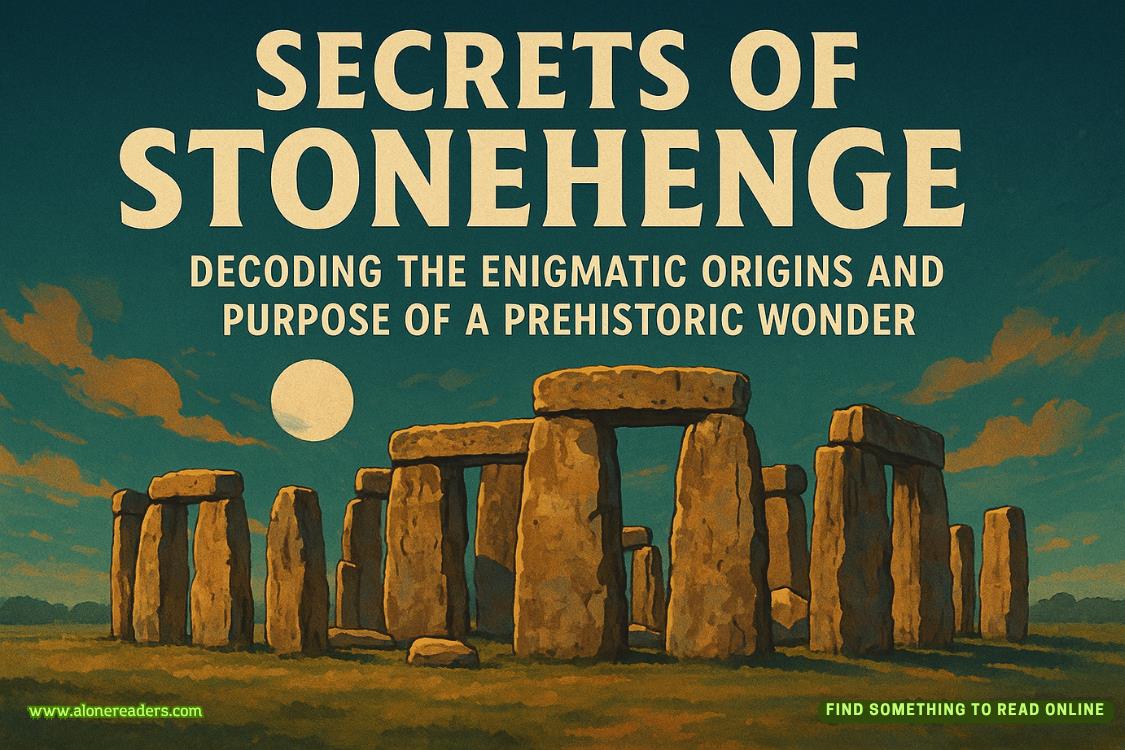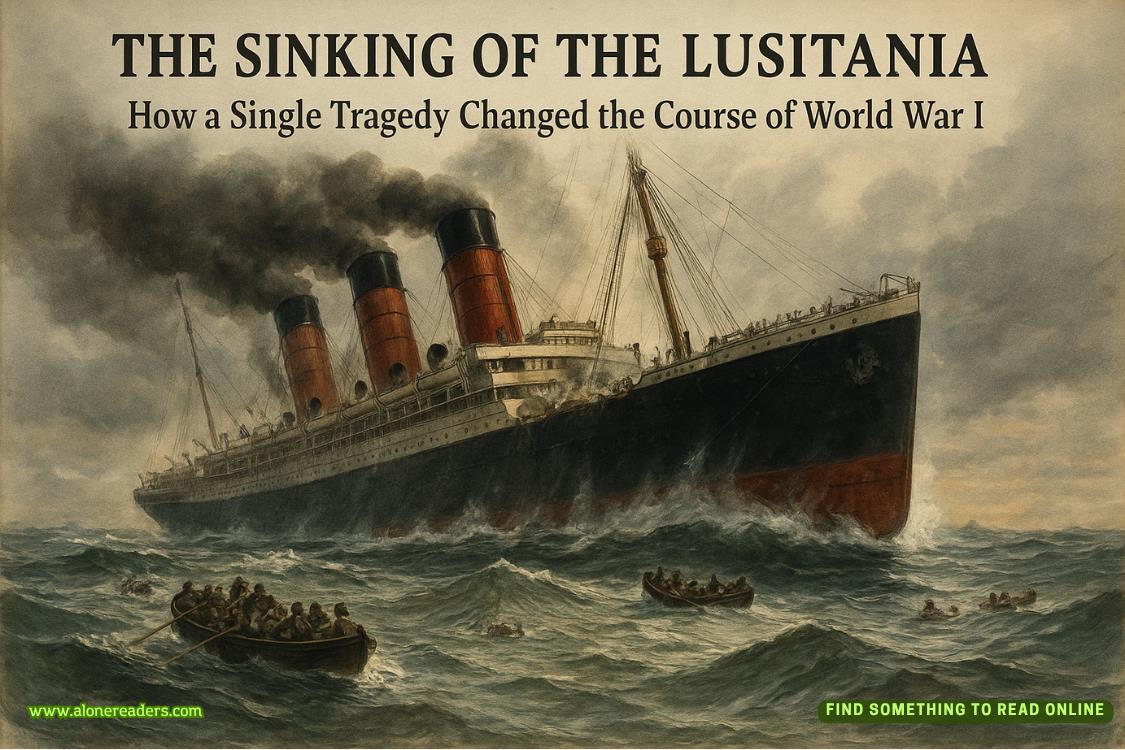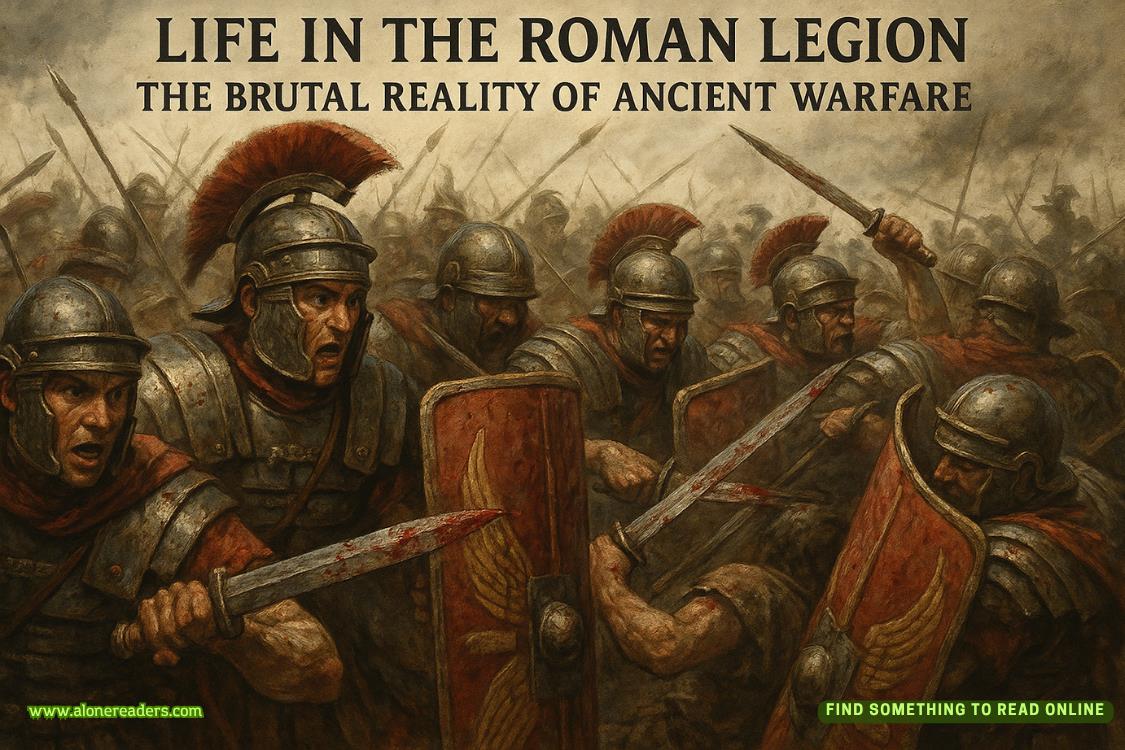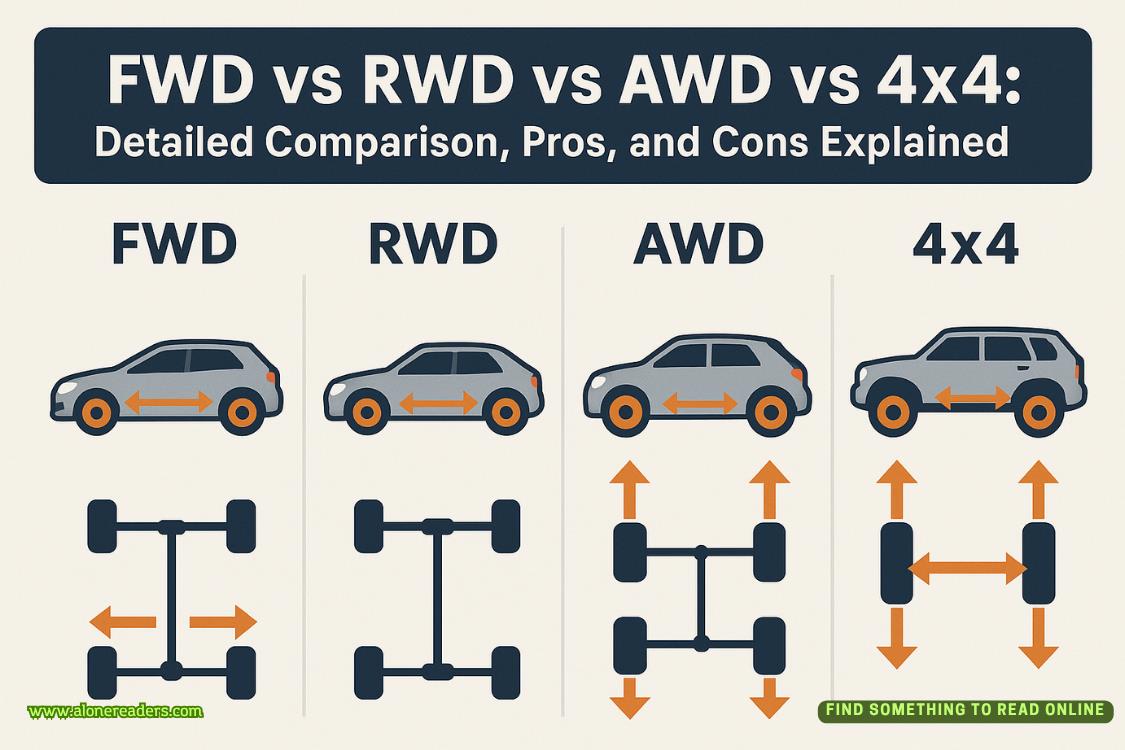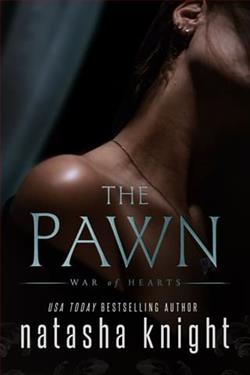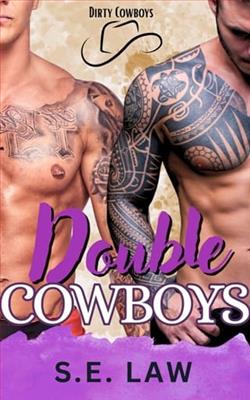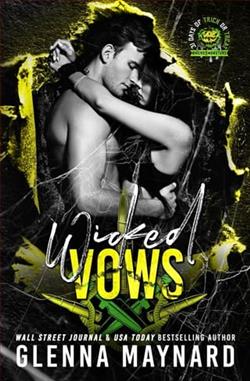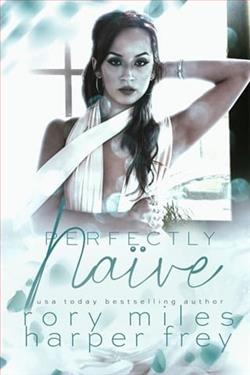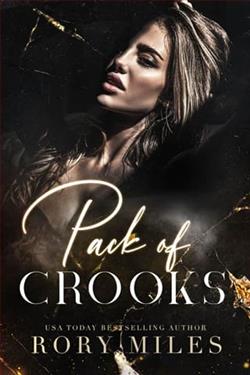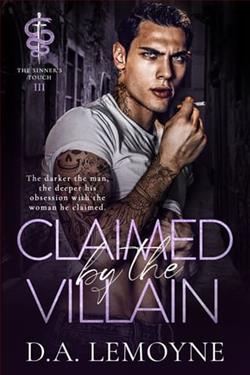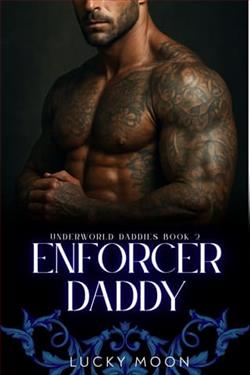Page 111 of Resurrection Walk
I got up and headed to the door. I was elated but trying not to show it. I put my hand on the knob but then looked back at the judge. She had already turned her seat to face the computer on a side table, but somehow she knew I had not left the room.
“Something else, Mr. Haller?” she asked.
“You said you were using the day for writing,” I said. “Because of the continuance.”
“Yes, I am.”
“Would you reconsider the ruling on Dr. Arslanian’s crime re-creation? Judge, I think you have a chance to make a sig —”
“Don’t push it, Mr. Haller. If I were you, I’d leave while I was ahead.”
“Yes, Your Honor.”
I opened the door and stepped out.
37
ON SUNDAY, THELucinda Sanz team, now grudgingly including Frank Silver, gathered without our client in the mock courtroom at Southwestern Law School. As an alumnus who was a minor donor but had a mostly positive public profile — especially after the Ochoa case — I was afforded access to the school’s facilities when they were not in use. And so we set up shop in the small courtroom that featured a judge’s bench, a witness stand, and a small gallery. Monday would be the day we won or lost our habeas motion and I wanted those who could rehearse to rehearse.
The DNA results from Applied Forensics, which we’d expected on Friday, were late, and I’d spent the past two days working on my witness lineup the way a baseball manager works on a batting lineup for the first game of the World Series. I had to figure out who was up there to bunt, who might be able to steal a base, and who could bat cleanup. I had to figure out what the opposing team would be pitching to my hitters and how best to prepare them.
The marshals hadn’t delivered the DNA swab from Lucinda Sanz to the lab until Thursday afternoon, and that was only after I had gone back to the courthouse, talked my way past a still-angry Gian Brown, and asked the judge to light a fire under the marshals.
With the delay, the earliest Applied Forensics could guarantee we’d have the results was noon on Monday. I had to schedule witnesses and rehearse on the assumption that I would have those results and they would be exculpatory for my client.
First at bat would be Harry Bosch. I had no choice there, unless Hayden Morris had taken his five days to analyze the cell-tower results and decided not to cross-examine him. But I thought this unlikely. At a minimum, Morris would assail Bosch’s credibility. Bosch was old and largely out of the game. He had decades of experience working homicide investigations, but he had never before used geofencing — the term I learned from Britta Shoot — in an investigation. This made Bosch ripe for attack and I had to admit that this was what I would do if I were a prosecutor on this case. So I needed to make sure that Bosch was well armored and ready for Monday morning.
My hope was that Bosch’s cross-examination would run through the morning and that I would have the Applied Forensics results in hand when it was time to call new witnesses to the stand. If Morris finished his cross early, I would need to wade in with a redirect examination of Bosch that would take us to the lunch break and possibly even further into the day.
Once Bosch was dismissed from the witness stand, Frank Silver was up. He would tell the judge how a piece of a GSR pad allegedly swiped over Lucinda Sanz’s hands had been found in pristine condition in a Van Nuys lab five years after it was transferred there. Frank would be followed by a recall of Shami Arslanian and then the lab tech who’d conducted the DNA comparison. Though Stephanie Sanger was certainly not a member of my team, the main event would be her return to the witness stand. No rehearsal could prepare me for that. It would be up to me, and all I knew was that my questions to Sanger had to carry the information I needed to get to the judge. My feeling was that Sanger would not break on the stand and would confine herself to as few words as possible when answering questions under oath.
That was the lineup as I knew it so far. But there were always contingencies. The plan was to use the DNA evidence and Sanger’s denials to force the judge to take action and compel FBI agent MacIsaac to appear for questioning. That was the ultimate goal: an FBI agent confirming under oath that Roberto Sanz was cooperating in an investigation of his own unit. If I got it there, I had no doubt that Lucinda Sanz would walk free.
Overall, the rehearsal went well. I put Cisco Wojciechowski up on the judge’s bench so that there was an intimidating presence looking over the shoulder of the witnesses as they testified. Bosch was good on the stand — he’d spent hundreds of hours testifying in his career. Shami Arslanian was her usual charming and professional self. Jennifer Aronson, sitting in for Stephanie Sanger, gave one-word and sarcastic answers, but I was able to hone my questions in response and deliver the goods. The one fly in the ointment was Silver, who steadfastly inflated his own worth and legal acumen in answer to my initial questions. It forced me to reshape how I would question him when the testimony was for real.
I felt that it had been a successful day. We broke at five p.m. and I took everybody, even Silver, to an early dinner in the private wine room at Musso and Frank’s. There was solid camaraderie on the team, and we all held up our glasses, whether they contained alcohol or not, toasted Lucinda, and promised to do our very best for her the next day.
It was after eight when I parked in the garage beneath my house. My intention was to go directly to sleep so I would be rested and ready in the morning. I closed the garage and slowly climbed the stairs. Three steps from the top, I saw a man sitting in one of the bar chairs at the far end of the deck. His back was to me and his feet were propped up on the rail. It looked like he was relaxing and staring out at the lights of the city. The only thing missing was a bottle of beer.
He spoke without turning to look at me.
“I’ve been waiting for you for a couple hours,” he said. “I figured on a Sunday night you’d be home.”
The key to the house was in my hand. The door was at the top of the stairs. I knew I could get to the knob and get it open before he got to me. But something told me that if this had been a plan to intimidate or hurt me, it wouldn’t be one man sitting leisurely at the end of the front deck. I moved the keys in my hand so one was jutting between my fingers and would do some damage if I had to throw a punch. I cautiously walked over. As I got close, a jolt went through me — the man was wearing a black ballistic mask that covered his whole face.
“Relax,” he said. “If I’d wanted to put you down, you’d already be down.”
I steadied myself, tightened my fists, and moved closer. But not close enough for him to reach out to me.
“Then what’s with the mask?” I said. “And who the fuck are you?”
He lowered his feet to the foot rail of the bar chair and turned away from the view.
“I thought you were smarter than that, Haller,” he said. “I obviously don’t want you to see my face.”
I suddenly realized who he was.
“The elusive Agent MacIsaac,” I said.
